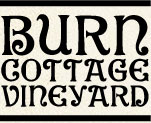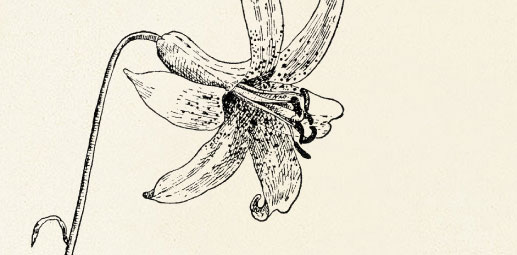The property was purchased in 2002. It had been grazed by sheep for as long as can currently be remembered. There were, and are, no immediate vineyard neighbors. The site was much coveted in the region for it is sheltered from both northerly and southerly winds by large hills and forms a beautiful, protected bowl, much like a modern amphitheatre.
Husband and wife Marquis Sauvage and Dianne Sauvage were on a return trip from the Mornington Peninsula in Australia and had decided to visit several regions in New Zealand. For some time the family had contemplated starting their own winery. Dianne and Marquis were struck by the extraordinary beauty of Central Otago and became even more impressed after tasting through the region's wines, particularly Felton Road and Gibbston Valley. They decided that they had found the place they were looking for. Marquis continued the property search with a real estate broker and came across the Burn Cottage site. As Marquis likes to say, he had visited enough great vineyards around the world and this one had the right look. Unbeknownst to the Sauvages, several prominent, local wineries and winemakers were interested in the site and had had their eyes upon it for some time.
The property became available in January of 2002 and the Sauvages were able to purchase it at auction.

The Sauvages contacted Ted Lemon owner and winemaker of Littorai Wines in Sebastopol, CA to seek his involvement in the project. The Sauvages were unaware at the time that Ted already had deep connections to New Zealand and particularly to Central Otago. Ted and Marquis traveled to New Zealand to see the property and Ted was sold on the idea upon the spot.
_Copyrightę 2012





